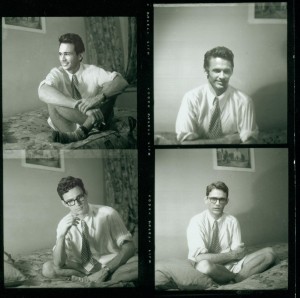The Core encourages students to explore the arts and dip their intellectual toes in diverse fields – one such extraordinary field is that of Beat writing. A quick look into Wikipedia gives an equally quick description of this movement:
The Beat Generation was a group of American post-World War II writers who came to prominence in the 1950s, as well as the cultural phenomena that they both documented and inspired.
Allen Ginsberg was a leading figure in this movement. While he wrote many works – all controversial – Howl seems to be the most popular. Here is a sample:
To recreate the syntax and measure of poor human prose and stand before you speechless and intelligent and shaking ith shame, rejected yet confessing out the soul to conform to the rhythm of thought in his naked and endless head,
the madman bum and angel beat in Time, unknown, yet putting down here what might be left to say in time come after death,
and rose incarnate in the ghostly clothes of jazz in the goldhorn shadow of the band and blew the suffering of America’s naked mind for love into an eli eli lamma lamma sabacthani saxophone cry that shivered the cities down to the last radio
with the absolute heart of the poem butchered out of their own bodies good to eat a thousand years.
James Franco portrayed Allen Ginsberg in a film rendition of Howl in 2010. A link to the trailer: http://bit.ly/YDQ7pO
In an interesting article about Allen Ginsberg’s photography, Roslyn Bernstein writes:
Ginsberg wrote that “the poignancy of a photograph comes from looking back to a fleeting moment in a floating world.” These words are especially true of the snapshots and drugstore prints in the exhibit: small images, many three by four inches, most without captions. These photos are not carefully composed, and they are definitely not in sharp focus. They do not illuminate historic moments in Beat history. Rather, they are more like the intimate snapshots in a family album, warm, fuzzy, funny, sad, and sometimes puzzling.
For the full article, visit http://bit.ly/XOE1cu

